Cause of death Stabbing Country United States | Victims 13 Criminal penalty Life imprisonment | |
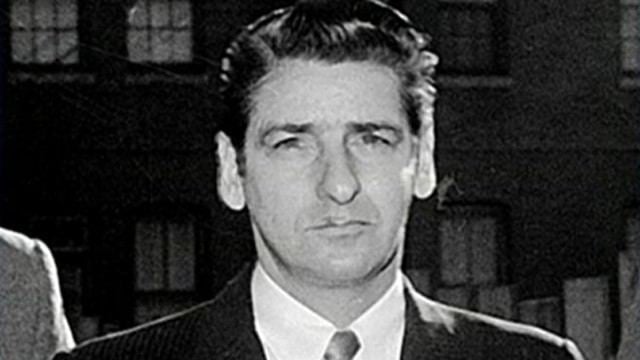 | ||
Born September 3, 1931 Chelsea, Massachusetts Span of killings June 14, 1962–January 4, 1964 Other names Boston Strangler, Mad Strangler of Boston, Phantom Strangler, Phantom Fiend, The Green Man, The Measuring Man Similar George Nassar, David Berkowitz, F Lee Bailey, Zodiac Killer, Ted Bundy | ||
The boston strangler serial killer documentary
The Boston Strangler is a name given to the murderer (or murderers) of 13 women in the Boston area, in the U.S. state of Massachusetts, in the early 1960s. The crimes were attributed to Albert DeSalvo based on his confession, details revealed in court during a separate case, and DNA evidence linking him to the last murder victim. Since then, parties investigating the crimes have suggested that the murders (sometimes referred to as "the silk stocking murders") were committed by more than one person.
Contents
- The boston strangler serial killer documentary
- Names
- Victims
- Events
- Confession
- Doubts
- DNA evidence
- In popular culture
- References
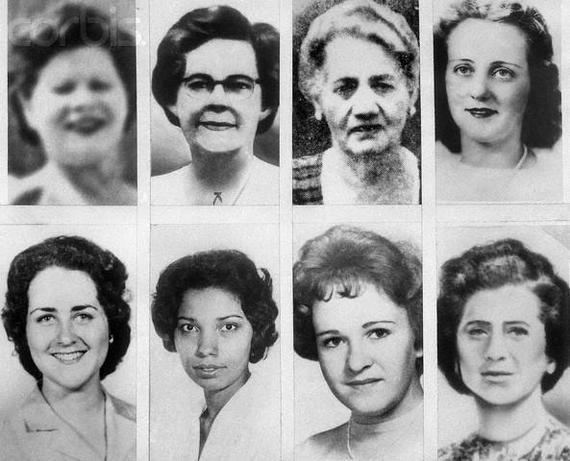
Names
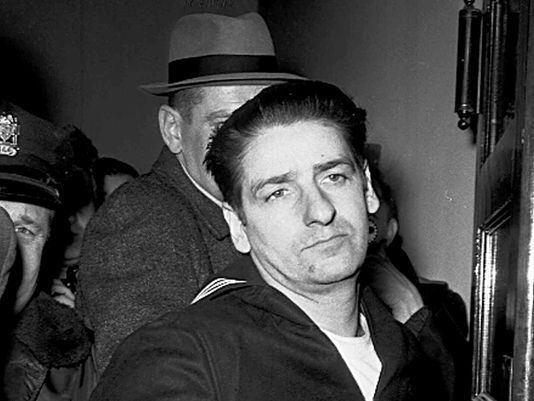
Initially, the crimes were assumed to be the work of one unknown person dubbed "The Mad Strangler of Boston." The July 8, 1962 edition of the Sunday Herald, declared "A mad strangler is loose in Boston," in an article titled "Mad Strangler Kills Four Women in Boston." The killer was also known as the "Phantom Fiend" or "Phantom Strangler" due to the uncanny ability of the perpetrator to get women to allow him into their apartments. In 1963, two investigative reporters for the Record American, Jean Cole and Loretta McLaughlin, wrote a four-part series about the killer, dubbing him "The Boston Strangler." By the time that DeSalvo's confession was aired in open court, the name "Boston Strangler" had become part of crime lore.
Victims
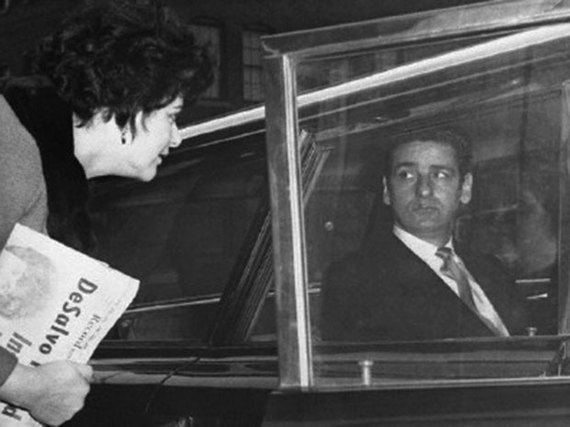
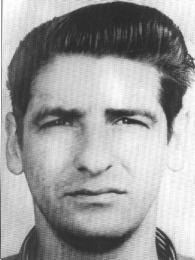
The murders of Margaret Davis, 60, of Roxbury and Cheryl Laird, 14, of Lawrence were originally attributed to the Boston Strangler, but were later found to be unrelated.
Events
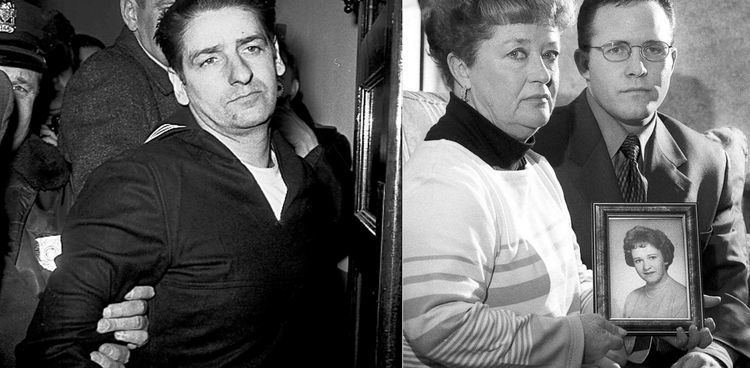
Between June 14, 1962 and January 4, 1964, 13 single women between the ages of 19 and 85 were murdered in the Boston area. Most were sexually assaulted and strangled in their apartments by what was assumed to be one man. With no sign of forced entry into their homes, the women were assumed to have let their assailant in, either because they knew him or because they believed him to be an apartment maintenance man, delivery man, or other service man. The attacks continued despite the enormous media publicity after the first few murders that presumably discouraged women from admitting strangers into their homes. Many residents purchased tear gas and new locks and deadbolts for their doors. Some women left the area altogether.
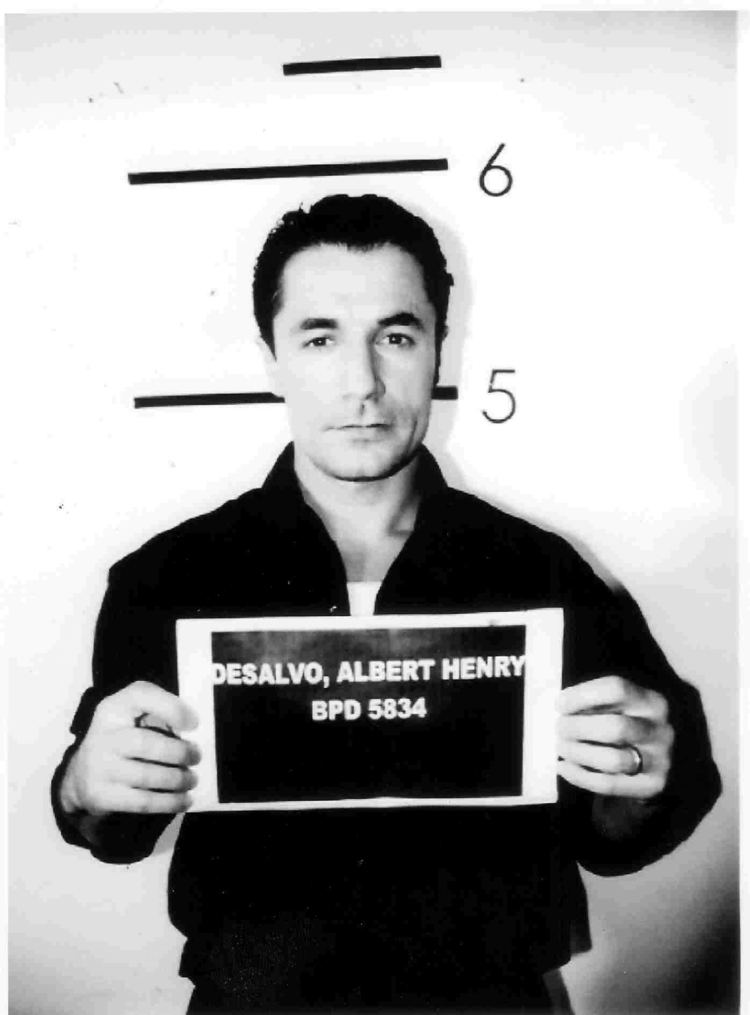
The murders occurred in several cities, making it unclear who held overall jurisdiction over the crimes. Massachusetts Attorney General Edward W. Brooke helped to coordinate the various police forces. He controversially permitted psychometrist Peter Hurkos to use his alleged extrasensory perception to analyze the cases, for which Hurkos claimed that a single person was responsible. Hurkos provided a "minutely detailed description of the wrong person," and the press ridiculed Brooke. The police were not convinced that all the murders were the actions of one person, although much of the public believed so; the connection was widely discussed between a majority of the victims and hospitals.
Confession
On October 27, 1964, a stranger entered a young woman's home posing as a detective. He tied the victim to her bed, sexually assaulted her, and then suddenly left, saying "I'm sorry" as he went. The woman's description of her attacker led police to identify the assailant as Albert DeSalvo. When his photo was published, many women identified him as the man who had assaulted them. Earlier on October 27, DeSalvo had posed as a motorist with car trouble and attempted to enter a home in Bridgewater, Massachusetts. The homeowner, future Brockton police chief Richard Sproules, became suspicious and eventually fired a shotgun at DeSalvo.
DeSalvo was not initially suspected of being involved with the stranglings. It was only after he was charged with rape that he gave a detailed confession of his activities as the Boston Strangler. He initially confessed to fellow inmate George Nassar. Nassar reported the confession to his attorney F. Lee Bailey, who also took on DeSalvo's case. The police were impressed at the accuracy of DeSalvo's descriptions of the crime scenes. There were some inconsistencies, but DeSalvo was able to cite details which had not been made public. However, there was no physical evidence to substantiate his confession. As such, he stood trial for earlier, unrelated crimes of robbery and sexual offenses in which he was known as The Green Man and The Measuring Man respectively. Bailey brought up the confession to the stranglings as part of his client's history at the trial in order to assist in gaining a "not guilty by reason of insanity" verdict to the sexual offenses, but it was ruled as inadmissible by the judge.
DeSalvo was sentenced to life in prison in 1967. In February of that year, he escaped with two fellow inmates from Bridgewater State Hospital, triggering a full-scale manhunt. A note was found on his bunk addressed to the superintendent. In it, DeSalvo stated that he had escaped to focus attention on the conditions in the hospital and his own situation. Immediately after his escape, DeSalvo disguised himself as a US Navy Petty Officer Third Class, but the next day he gave himself up. Following the escape, he was transferred to the maximum security Walpole State Prison where he was found stabbed to death in the infirmary six years later. His killer or killers were never identified.
Doubts
Prior to DNA confirmation in 2013, doubts existed as to whether DeSalvo was the Boston Strangler. At the time when he confessed, people who knew him personally did not believe him capable of the vicious crimes. It was also noted that the women killed by "The Strangler" came from different age and ethnic groups, and that there were different modi operandi.
In 1968, medical director of Bridgewater State Hospital Dr. Ames Robey insisted that DeSalvo was not the Boston Strangler, calling him "a very clever, very smooth compulsive confessor who desperately needs to be recognized." Robey's opinion was shared by Middlesex District Attorney John J. Droney, Bridgewater Superintendent Charles Gaughan, and George W. Harrison, a former fellow inmate of DeSalvo's. Harrison claimed to have overheard another convict coaching DeSalvo about the stranglings.
DeSalvo's attorney Bailey believed that his client was the killer, describing the case in The Defense Never Rests (1995). Susan Kelly, author of the 1996 book The Boston Stranglers, accessed the files of the Commonwealth of Massachusetts "Strangler Bureau". She argues that the stranglings were the work of several killers rather than a single individual. Former FBI profiler Robert Ressler said, "You're putting together so many different patterns [regarding the Boston Strangler murders] that it's inconceivable behaviorally that all these could fit one individual."
John E. Douglas, the former FBI special agent who was one of the first criminal profilers, doubted that DeSalvo was the Boston Strangler. In his book The Cases That Haunt Us, he identified DeSalvo as a "power-assurance" motivated rapist. Such a rapist is unlikely to kill in the manner of crimes attributed to the Boston Strangler; a power-assurance motivated rapist would, however, be prone to taking credit for the crimes.
In 2000, attorney and former print journalist Elaine Sharp took up the cause of the DeSalvo family and that of the family of Mary Sullivan. Sullivan was publicized as being the final victim in 1964, although other stranglings occurred after that date. Sharp assisted the families in their media campaign to clear DeSalvo's name, to assist in organizing and arranging the exhumations of Mary Sullivan and Albert H. DeSalvo, in filing various lawsuits in attempts to obtain information and trace evidence (e.g., DNA) from the government and to work with various producers to create documentaries to explain the facts to the public. Sharp pointed out various inconsistencies between DeSalvo's confessions and the crime scene information (which she obtained). For example, she observed that, contrary to DeSalvo's confession to Sullivan's murder, there was no semen in her vagina and that she was not strangled manually, but by ligature. Forensic pathologist Michael Baden observed that DeSalvo also got the time of death wrong – a common inconsistency pointed out by Susan Kelly with several of the murders. She continues to work on the case for the DeSalvo family.
In the case of Mary Sullivan, murdered January 4, 1964 at age 19, DNA and other forensic evidence were used by Casey Sherman to try to track down her presumed real killer. Sherman wrote about this in his book A Rose for Mary (2003), stating that DeSalvo was not responsible for her death. For example, DeSalvo confessed to sexually penetrating Sullivan, yet the original forensic investigation revealed no evidence of sexual activity.
DNA evidence
On July 11, 2013, the Boston Police Department released information stating that they had discovered DNA evidence linking DeSalvo to the murder of Mary Sullivan. DNA found at the scene was a "near certain match" to DNA taken from a nephew of DeSalvo. To determine conclusively that it was DeSalvo's, a court ordered the exhumation of his body in order to test his DNA directly.
On July 19, 2013 Suffolk County DA Daniel F. Conley, Mass. Attorney General Martha Coakley, and Boston Police Commissioner Edward F. Davis announced the DNA test results proving that Albert Henry DeSalvo was the source of seminal fluid recovered at the scene of Sullivan's 1964 murder.
